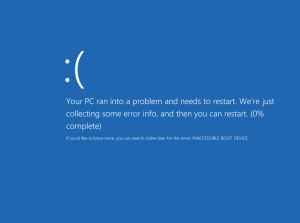For some reason the default installation of Xenserver on one of my machines did not create a local storage repository. I think it might be due to my having installed over an existing installation of Xenserver and the installer got confused.
I tried manually creating a storage repository by running the following command:
xe sr-create content-type=user device-config:device=/dev/disk/by-id/scsi-SATA_WDC_WD3200AAJS-_WD-WMAV2C718714-part3 host-uuid=9f8ddd87-0e83-4322-8150-810d2b365d37 name-label="Local Storage" shared=false type=lvm
Alas, it resulted in an error:
Error code: SR_BACKEND_FAILURE_55
Error parameters: , Logical Volume partition creation error [opterr=error is 5],
After much googling I came across this page, which has the explanation. Apparently you need to create an LVM physical volume on the desired partition by running the following command:
pvcreate /dev/disk/by-id/scsi-SATA_WDC_WD3200AAJS-_WD-WMAV2C718714-part3 WARNING: software RAID md superblock detected on /dev/disk/by-id/scsi-SATA_WDC_WD3200AAJS-_WD-WMAV2C718714-part3. Wipe it? [y/n] y
It seems the installer noticed an md superblock on this partition and freaked out, hence no local storage. Agreeing to wipe it created the storage repository. One last step: making it the default repository:
xe pool-param-set uuid=<pool UUID> default-SR=<SR UUID>
You can get the pool UUID by running: xe pool-list
Done.
Edit: 10/09/2014
I recently came across a new error message when trying to add a local repository:
The SR operation cannot be performed because a device underlying the SR is in use by the host.
Google searches didn’t reveal much. After a while I realized what was wrong: I had omitted the host-uuid: option. This option is required when you are a part of a pool, but not when you have a standalone xenserver. So, if your xenserver is a member of a pool, don’t forget the host-uuid parameter.

